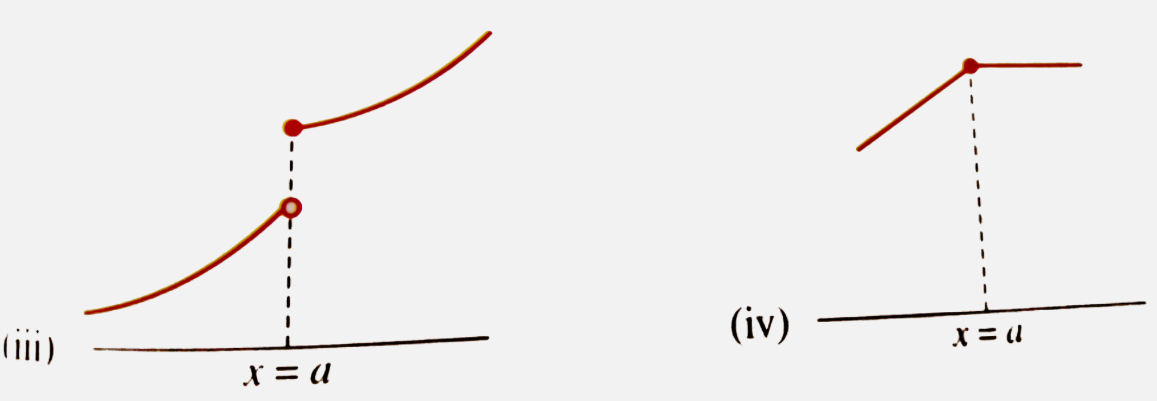Fringe width decrease with increase in
λ
D
d
None of these
The correct Answer is:C
To solve the question regarding how fringe width decreases with an increase in certain parameters, we can follow these steps:
1. Understanding Fringe Width:
- Fringe width (β) is defined as the distance between two consecutive bright or dark fringes in an interference pattern.
2. Formula for Fringe Width:
- The formula for fringe width in Young's double slit experiment is given by:
β=λDd
- Where:
- β = fringe width
- λ = wavelength of the light used
- D = distance from the slits to the screen
- d = distance between the two slits
3. Analyzing the Formula:
- From the formula, we can see that fringe width (β) is directly proportional to the wavelength (λ) and the distance to the screen (D), and inversely proportional to the distance between the slits (d).
4. Determining the Relationship:
- Since fringe width is inversely proportional to the distance between the slits (d), if the distance between the slits increases, the fringe width decreases.
- Therefore, we conclude that fringe width decreases with an increase in the distance between the slits (d).
5. Final Answer:
- The correct answer to the question "Fringe width decreases with increase in" is d (the distance between the slits).
- Fringe width (β) is defined as the distance between two consecutive bright or dark fringes in an interference pattern.
- The formula for fringe width in Young's double slit experiment is given by:
β=λDd
- Where:
- β = fringe width
- λ = wavelength of the light used
- D = distance from the slits to the screen
- d = distance between the two slits
- From the formula, we can see that fringe width (β) is directly proportional to the wavelength (λ) and the distance to the screen (D), and inversely proportional to the distance between the slits (d).
- Since fringe width is inversely proportional to the distance between the slits (d), if the distance between the slits increases, the fringe width decreases.
- Therefore, we conclude that fringe width decreases with an increase in the distance between the slits (d).
- The correct answer to the question "Fringe width decreases with increase in" is d (the distance between the slits).
Topper's Solved these Questions
- WAVE OPTICSBOOK - DC PANDEY ENGLISHCHAPTER - WAVE OPTICSEXERCISE - taking it together
47 Videos
- WAVE OPTICSBOOK - DC PANDEY ENGLISHCHAPTER - WAVE OPTICSEXERCISE - Assertion reason
8 Videos
- WAVE OPTICSBOOK - DC PANDEY ENGLISHCHAPTER - WAVE OPTICSEXERCISE - For JEE Advanced E. Integer Type Questions
13 Videos
- SOLVED PAPERS 2018BOOK - DC PANDEY ENGLISHCHAPTER - SOLVED PAPERS 2018EXERCISE - JIPMER
22 Videos
Similar Questions
Knowledge Check
Species diversity______as one moves from high to low altitudes.
(a) increase
(b) decreases
(c) first increases then decreases
(d) first decreases then increasesAincreaseBdecreasesCfirst increases then decreasesDfirst decreases then increases
Viscosity of liquid decreases with increase in........
View SolutionA:When the apparatus of YDSE is brought in a liquid from air, the fringe width decreases.
R: The wavelength of light decreases in the liquid.
View SolutionFor each of the following graphs, comment whether f(x) is increasing or decreasing or neither increasing nor decreasing at x = a.


View SolutionWhen entire Young's double slit apparatus is immersed in a liquid the fringe width decreases by 20∘. The refractive index of the liquid is
View SolutionWhat is the value of angular fringe width if fringe width is = 0.4 nm and separation between slit and screen is 2m.
View SolutionA : If the whole apparatus of Young.s experiment is immersed in liquid, the fringe width will decrease.
R : The wavelength of light in water is more than that in air.
View SolutionIn an arrangement to view the interference pattern produced by a wedge of liquid between a microscope slide and a glass block thhe interference pattern obtained is made is equal spaced parallel fringes. The fringe separation (or fringe width) can not be decreased by which of the following actions.
View Solution
